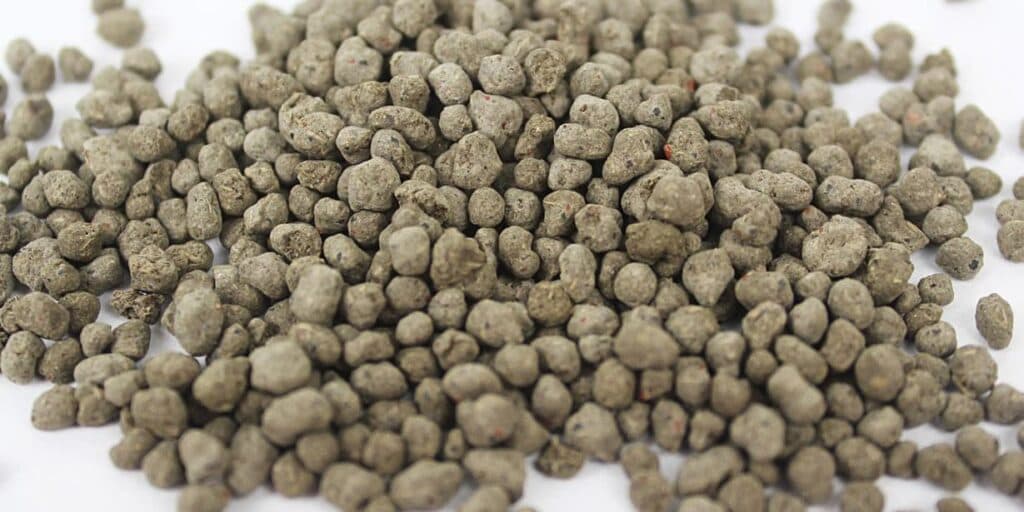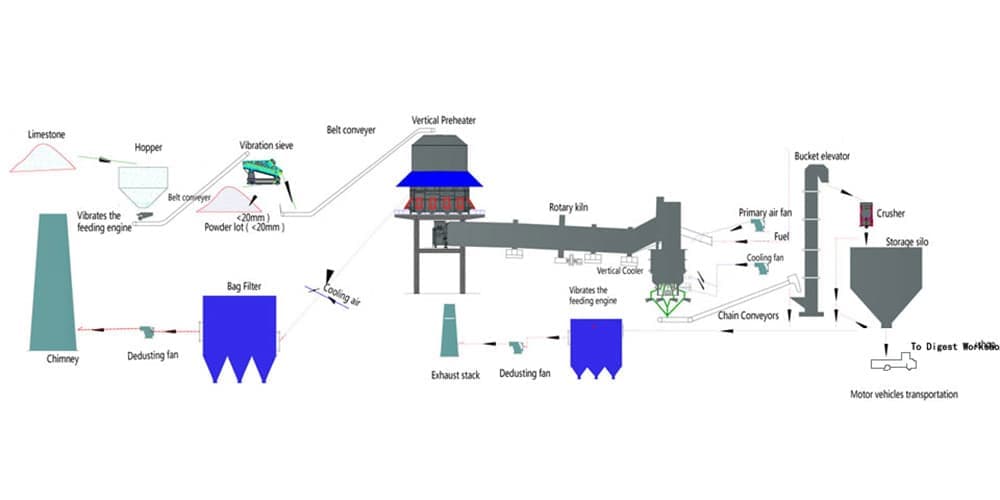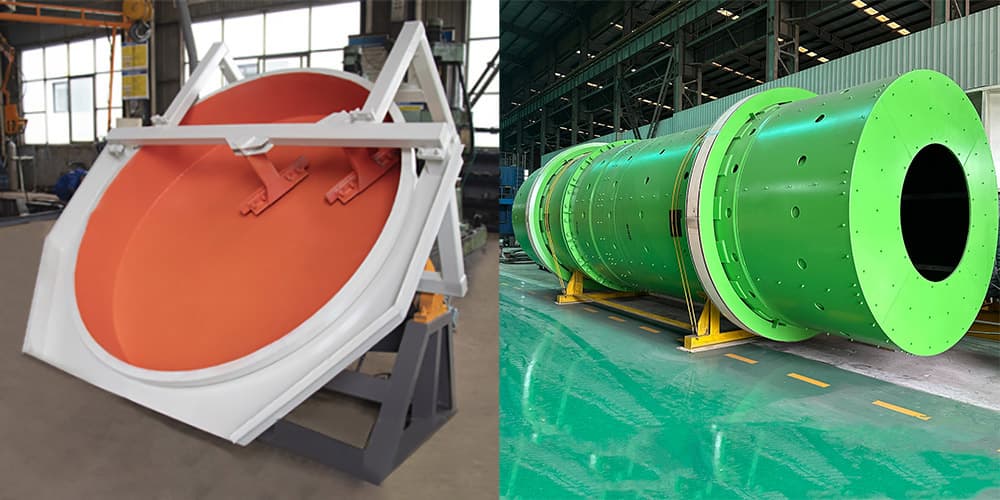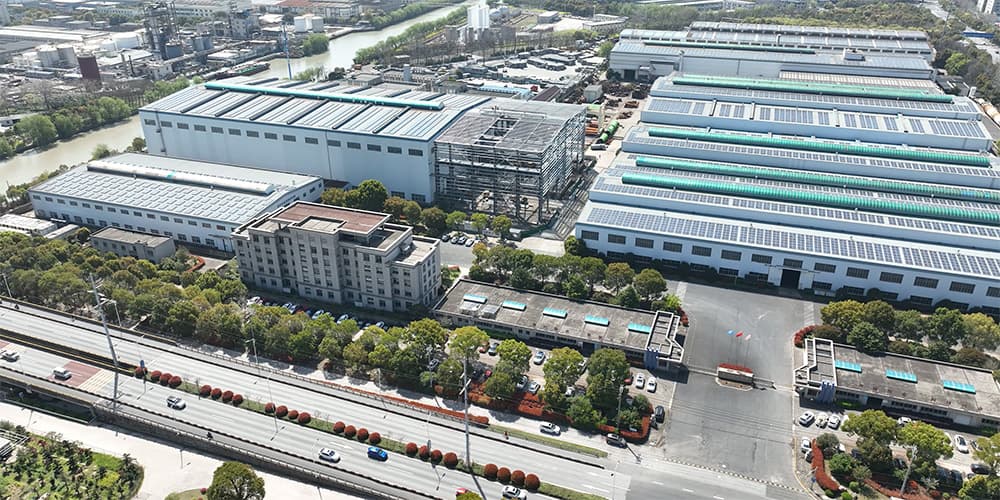Soil Amendments and Conditioners Vital in Soil Restoration
Soil health has become an increasingly important topic in recent years, with scientists calling for action to restore degraded soils around the world. Soils around the globe have been depleted of the substances needed to promote a thriving soil environment and are unable to provide the nutritious crops needed by a growing population. Against this backdrop, the use of soil amendments and conditioners has become critical.

How soil amendments improve the soil
The physical, chemical and biological composition of soil is the foundation of healthy soil that not only produces crops, but also resists weathering and erosion. This is where soil amendments and conditioners are important. Although these terms are often used interchangeably, they cover a wide range of additive types – including all types, both organic and inorganic. Their common goal is to maximize their growth potential by improving the soil environment.
Unlike fertilizers, soil amendments do not primarily provide nutrients, but rather restore tired soils by improving the soil environment so that it can support growth and maintain this vital resource.
The physical, chemical and biological composition of soil is the foundation of healthy soil that not only produces crops, but also resists weathering and erosion. This is exactly why soil amendments and soil conditioners are so important.
The terms soil amendment and soil conditioner are often used interchangeably and cover a wide range of additive types – all derived from either organic or inorganic matter. Within each category, there is a wide variety of products available, but in general, they all improve the soil in some way.
This differs from fertilizers in that the focus is not necessarily on providing nutrients to the soil, but rather on improving the soil environment to maximize its growth potential, although in some cases nutrients will be provided. Ultimately, soil amendments can help restore degraded soils to a state of vigor that can support growth and help sustain this important resource.

Listed below are the common goals of soil amendments and the common sources for each.
Increase or decrease soil pH (acidity or alkalinity)
The acidity or alkalinity (pH) of the soil is a key factor in promoting good growth. Soils that are too acidic or too alkaline will not support good yields because soil pH affects various components of the soil. When soil is not in the ideal pH range, plants may develop nutrient deficiencies (regardless of how much fertilizer is applied), aluminum toxicity, or other growth-inhibiting problems.
Common soil amendments used to regulate soil pH
Soil pH is adjusted by adding limestone or sulfur; lime raises soil pH and sulfur lowers it. In general, most plants prefer a soil pH close to neutral, although some plants may prefer more acidic or alkaline soils than others.
Adding organic matter to the soil
Organic matter can provide a range of benefits to the soil, thereby fostering a healthier, more productive soil environment. Some of the benefits that organic matter can provide include:
- Reducing the potential for erosion
- Improving soil structure
- Improved water retention
- Enhanced nutrient retention and uptake
- Increased microbial activity
Soil amendments for adding organic matter to the soil
Organic matter can be added through a number of different materials. Some of these include:
- Compost
- Manure
- Earthworm manure
- Biochar
- Grass clippings
- Food scraps
- Humus
- Other biomass materials
Improvement of physical structure (soil porosity, drainage, permeability, etc.)

Soil structure and texture affects various factors that make soil growth-promoting. This includes permeability, drainage, porosity, etc. These factors in turn affect nutrient and water holding capacity, the ability of the root system to top off the soil during growth, and many other functions.
Soil amendments used to change the physical structure of the soil
Gypsum, perlite and vermiculite are all used to aerate the soil. Gypsum is often used to loosen compacted soils or clays to improve air filtration, water and nutrient movement, and more.
Various sources of organic matter as well as biochar can also help improve soil structure.
Nutrient Replenishment
In addition to the functions listed above, soil amendments are also used to supplement nutrients not provided in fertilization programs or as a source of organic fertilizer. This is often seen with calcium, which plants rely on for structural strength, enzymatic function, and more.
Soil amendments for nutrient supplementation
- There are a variety of products that provide nutrients to the soil, depending on what nutrients are needed. This may include:
- Bone meal – a source of calcium and phosphorus
- Blood meal – a source of nitrogen
- Feather meal – a source of nitrogen
- Gypsum – a source of calcium
- Iron (provides iron)
Production of soil conditioners
Soil amendments can be produced as a single product or added as an ingredient in a fertilizer. While some soil amendments are available in powder and liquid form, most are produced in granular form for ease of handling and application, to minimize dusting, and to enable application using standard equipment.
Granular soil amendments are typically produced through a drum granulator or disc pelletizing process, which sometimes includes a pretreatment stage. Multiple variables in the production process are adjusted and optimized to achieve the producer’s desired target granular properties, including solubility, crushing strength, abrasion/dust generation, moisture content, pile density, particle size distribution, flowability and ease of handling and application.

Soil Amendments in Fertilizers
Due to the importance of soil amendments, there is a trend in the fertilizer industry to integrate amendments into fertilizer formulations. Increasingly, producers are working to create specialized products tailored to specific regions, soil conditions or application needs to optimize nutrition and soil health. This trend is evident at all stages of fertilizer production, including homogeneous blending as an ingredient or use as a liquid binder.

Conclusion
Soil amendments and conditioners improve soils in a variety of ways, from physical structure to pH control, each of which is critical to restoring degraded soils worldwide. Fertilizers cannot be fully effective without soil amendments, making them a vital tool in the fight against soil degradation.
The ability to integrate fertilizer and soil amendment products into customized, high-performance soil solutions is extremely promising and is currently undergoing significant research and development.TONGLI has been providing feasibility testing, process and product development, and custom equipment and system services to the fertilizer industry since 1958. As the world’s leading manufacturer of fertilizer equipment, we provide innovative solutions to our customers around the globe to help them improve yields and promote soil health.

